In conversation with a set designer
Elijah Sarrouf performs in front of his abandoned palace set, complete with tattered wall drapings, and a covered couch.
April 14, 2023
Last weekend, the GHS Theater Program put on their spring musical, Anastasia—a sweeping tale of a lost princess finding her way home, and making one for herself with the people she meets along the way. The student-run production team worked tirelessly from behind the curtain to pull off such a technically complex show, and that work paid off. People came away raving about not only the actors, but also the grand, ever-moving set, including Massachusetts Educational Theater Guild adjudicator Danny Bolton, who gave the set an outstanding mark in the performance rubric. The set was the result of hours of effort on the part of the students, led by senior Elijah Sarrouf. Along with designing the set, Sarrouf played the leading male role, Dmitry, the dashing con man and lover of Anastasia.
Q: To start, what got you interested in taking on the task of designing this set?
A: It was in part because my mom was a set designer when she worked at Gordon College, and in part because it was something I really wanted to do. I wanted to be a part of the show in more ways than just acting, especially because it was my last show. I sort of felt like, “I can do more.”
Q: Where did the inspiration for your design come from?
A: One of my ideas was to have everything be on wheels, and have everything move really effortlessly. Every single time I go to a high school show with my mom, she always comments on the flow of the show getting interrupted by a 30-second set change. I always agree with her, it’s brutal. Anastasia is already a 2.5-hour show, at least. We wanted to make it smooth, we wanted it to make effortless, and we wanted it to make it easy for the people who are backstage. I wanted the crew to be proud of it, as much as we’re proud of what we’re putting out as actors. One of the things I was trying to do was make a real distinction between Paris and Russia, the two main locations. That was hard, because this show has around 15 sets and I only had $1,000 to work with. I definitely went over budget. The first act is all in Russia, and the second act is all in Paris, so I wanted to show that contrast. I wanted the palace to look as grand as possible, so I built those 12 foot walls to try and fill up the space and decorated them with curtains and sconces. It sort of added life to it. One of the hardest things was learning how to reuse set pieces we had for other scenes, because we can’t just make a new wall every time we have a new scene. We only had so much space.
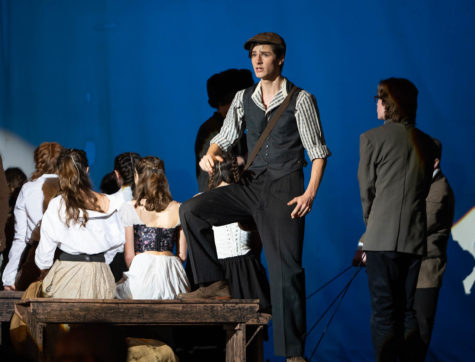
Q: As the head set designer, you also have to be in charge of set builds [where the cast and crew come in after school to construct sets]. Was the task of organizing people challenging? How did you end up addressing that?
A: I bit off more than I could chew, I’m not going to lie. After a very long day of school, having to put on a game face and tell people what to do, especially when I hadn’t worked out all the way what needed to get done, it was tough. Having to build and rebuild and fix sets was very frustrating, I’m sure, for the actors. I know when I was in that place, as an actor, I would look at the set designer and be like, “What are you doing?” and be totally confused. I have so much more respect for the set designers in the past. It’s nice that I was a senior, and the underclassmen would kind of look up to me, and for the most part, they would listen to me. The other thing was finding stuff that people actually wanted to do. Some people aren’t builders, but they can paint like nobody’s business, and we needed both things. So instead of making the painters try and build stuff, from the beginning, I asked for their help coming up with designs, and I gave them the things they could paint right then. That really helped with motivation, because I think they appreciated that their talents were being used, and the people that could build could just build. There were some really hard workers on the tech crew that really helped pull it together. I’m very appreciative of all of them.
Q: How did you balance playing a lead with designing the set? Did being an actor inform any of your choices?
A: As I said, I really did bite off more than I could chew. It was stressful, and I don’t know that I’d ever do both at the same time again. But, it made the show doubly gratifying. I was really happy with it, even if it took three months of me ripping my hair out. I would find free time to build. Every time a teacher was out, I’d go down to the theater and build, every time I wasn’t needed at rehearsal I’d build. My parents were also super helpful. Thank god that I was an actor, because for so many scenes I just knew what set pieces would be needed and where, and I could plan around it.
Q: What ended up being your favorite set in terms of the final product?
A: The scene inside the abandoned palace made me so happy. It was a challenge figuring out how to get everything out on stage with our limited backstage space. That ended up being a lot of banging my head against a wall in frustration. But, it makes me so happy because of how well it ended up working. That one’s up there. I think the scene I was most proud of was the scene inside the opera, during the ballet. I really wanted there to be lots of levels to it, and I wanted those classic theater boxes. It was tough figuring out how to highlight the ballet dancers and also the characters who had to sing. A lot of people complimented me on that one, which was surprising because I’d think, “Yes, this is the one I wanted people to compliment me on”. And they did, and it was awesome.
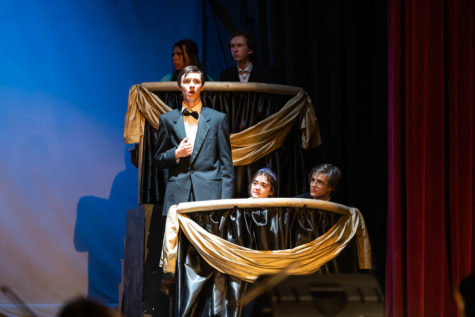
Q: How much did the set end up differing from your original designs and vision?
A: Definitely a lot. Both because I came up with better ideas, and also because of a lack of money, time, and not enough backstage space to do some of what I wanted. I sort of had to get a reality check. I was originally going to have trees for the Paris scene, but we just didn’t have the space. I was going to buff out the Dowager Empress’ apartment and make it a real apartment, until I realized it could just be represented by a table and a chaise lounge. But, I’m happy with it. There’s not a whole lot I’d change, unless I somehow got a massive budget.
Q: In a rough estimate, how much time would you say you worked on this set?
A: I had to be at every one of the set builds, and there were 10 of those, so that’s 40 hours right there. I did parts of it during school, and every time we had a half day I’d work on it, and after school whenever I could. So I’d say somewhere around 70 hours. I think my mom did more. She was probably there for a solid 100-something hours. She also put in a ton of work. It was brutal, but I’m glad I did it.
Q: Last question – what’s your biggest lesson/artistic takeaway from all of this? What advice would you give to someone starting from the beginning?
A: Communication. With everybody involved. Especially with the lighting team, because half the set is figuring out how to light them. Have a conversation with the director about what they’re hoping for from each scene, and what you’re hoping to add, and how they can use that. Don’t try and do it by yourself, get help. You will need it. And price everything out, before you try and do stuff. Definitely a lot of lessons, but I would say one of my biggest takeaways would be to do one, not both, of acting and designing. I felt like I couldn’t give my full self to either of them when I wanted to be able to. I’m still super proud of my work, of course, but definitely I feel like I could’ve made the sets better if I wasn’t an actor and vice versa.


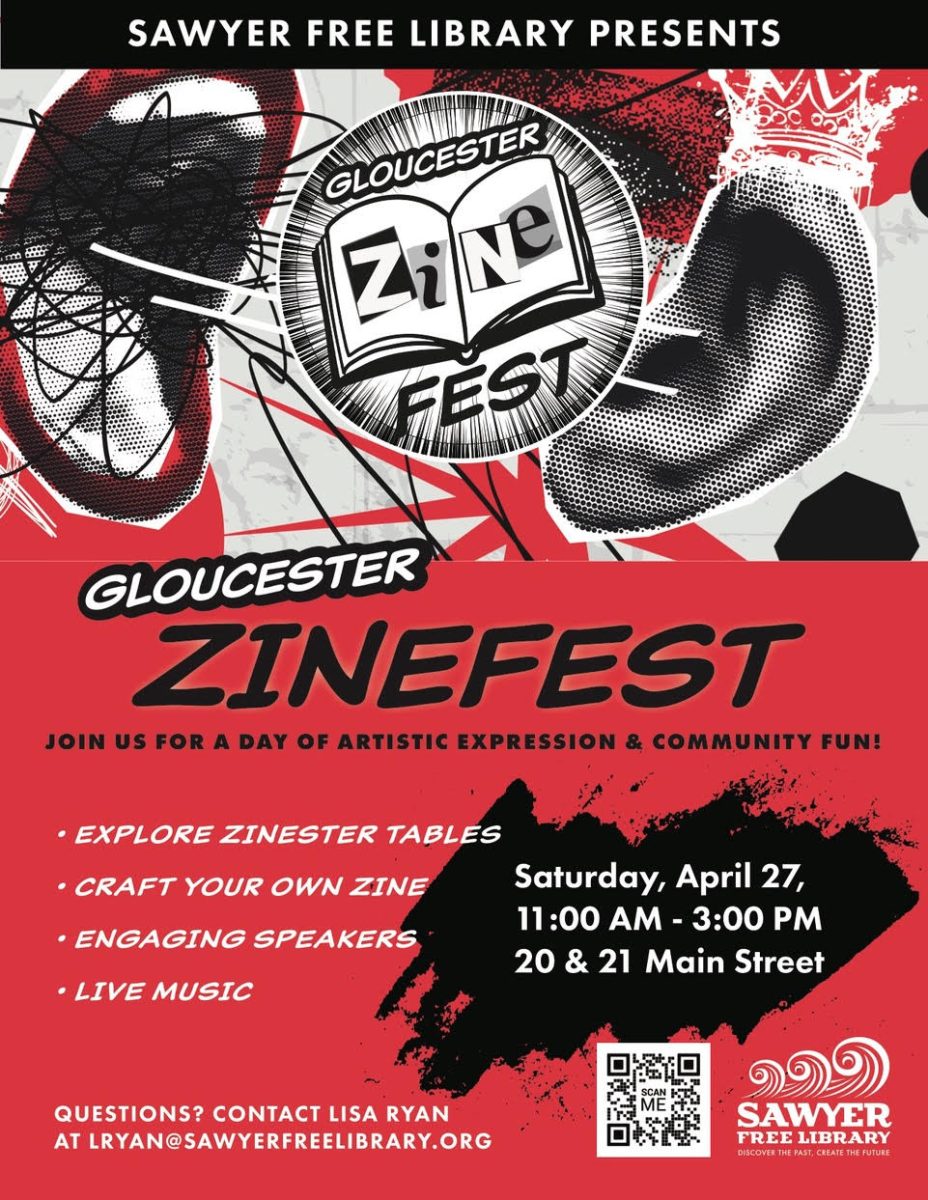
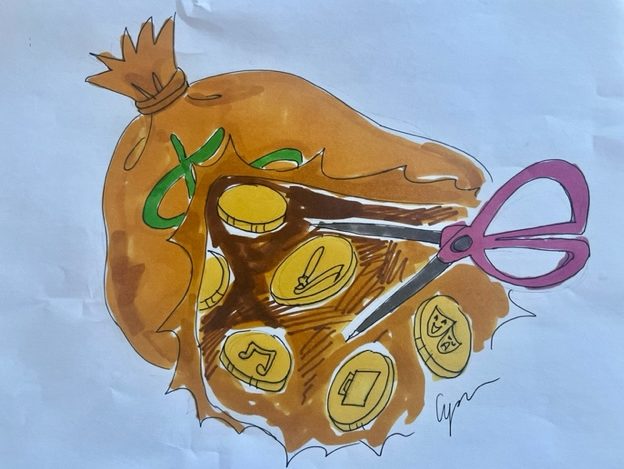



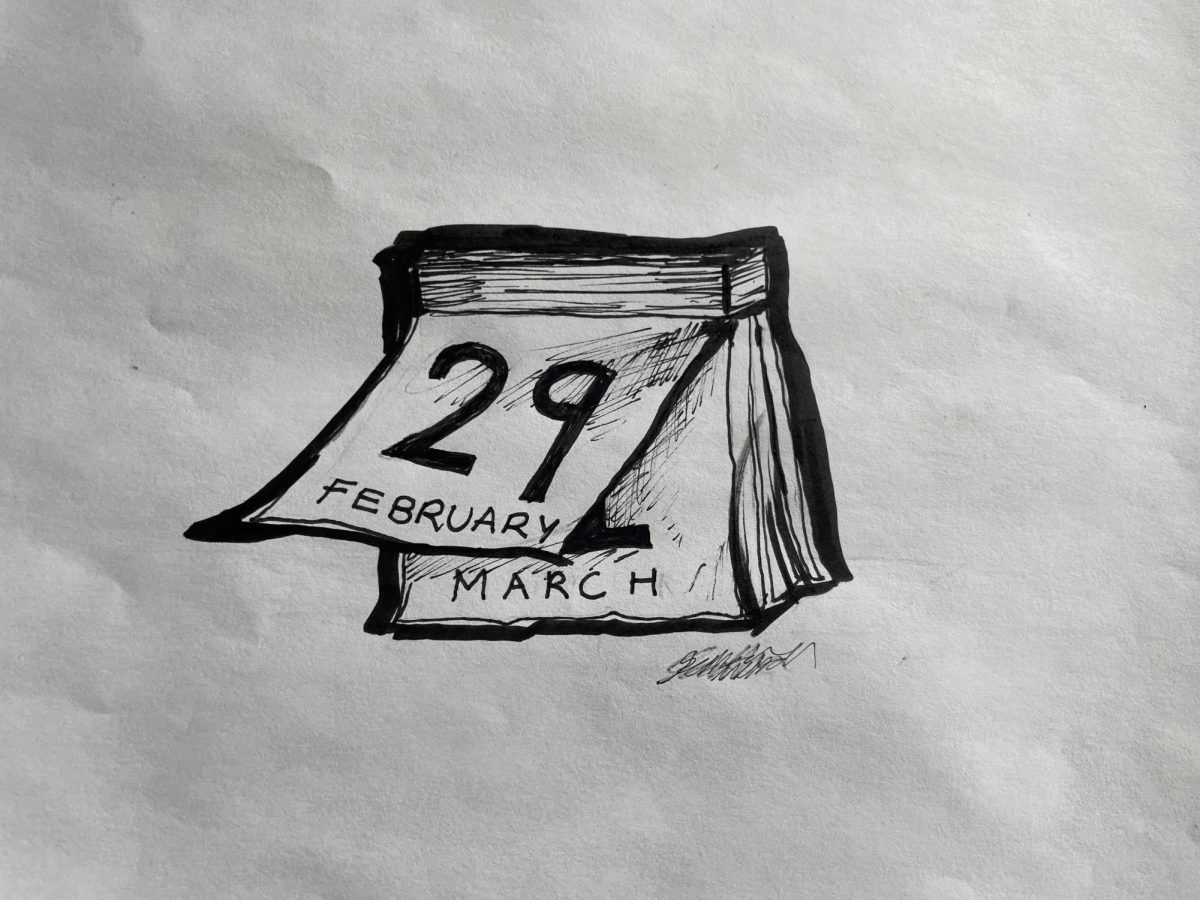




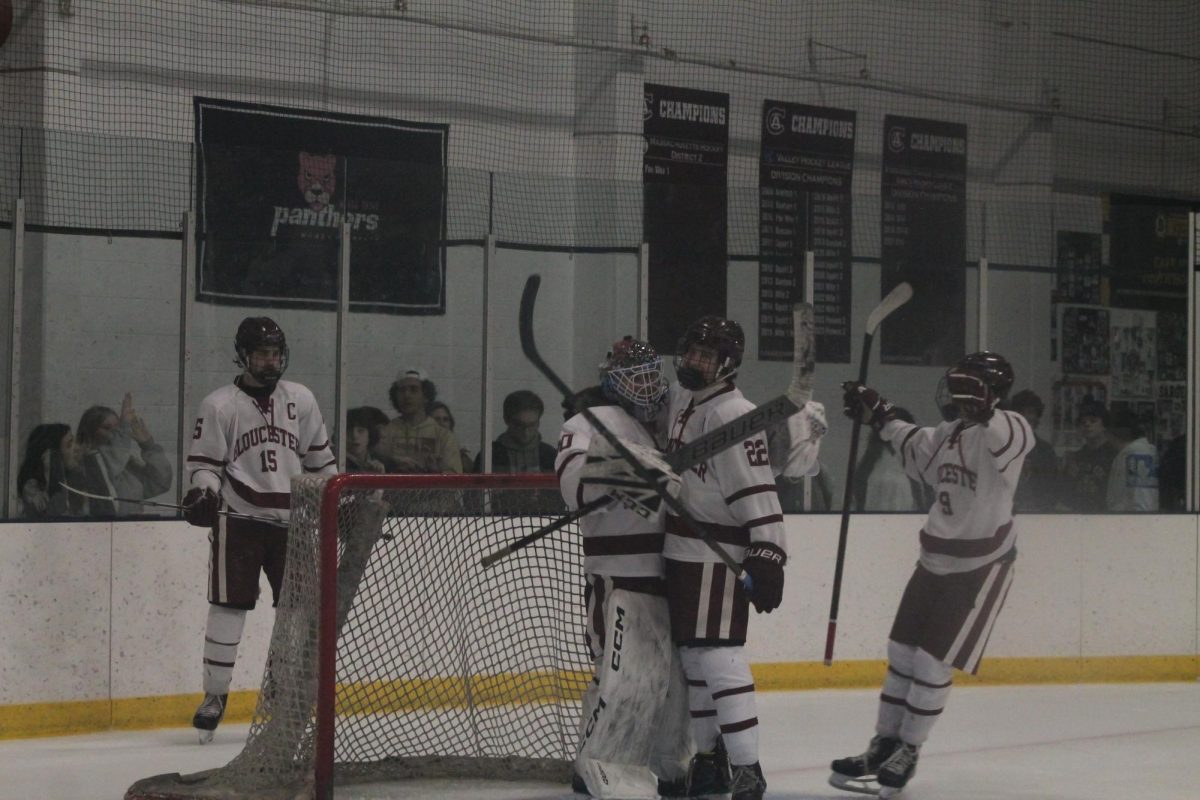
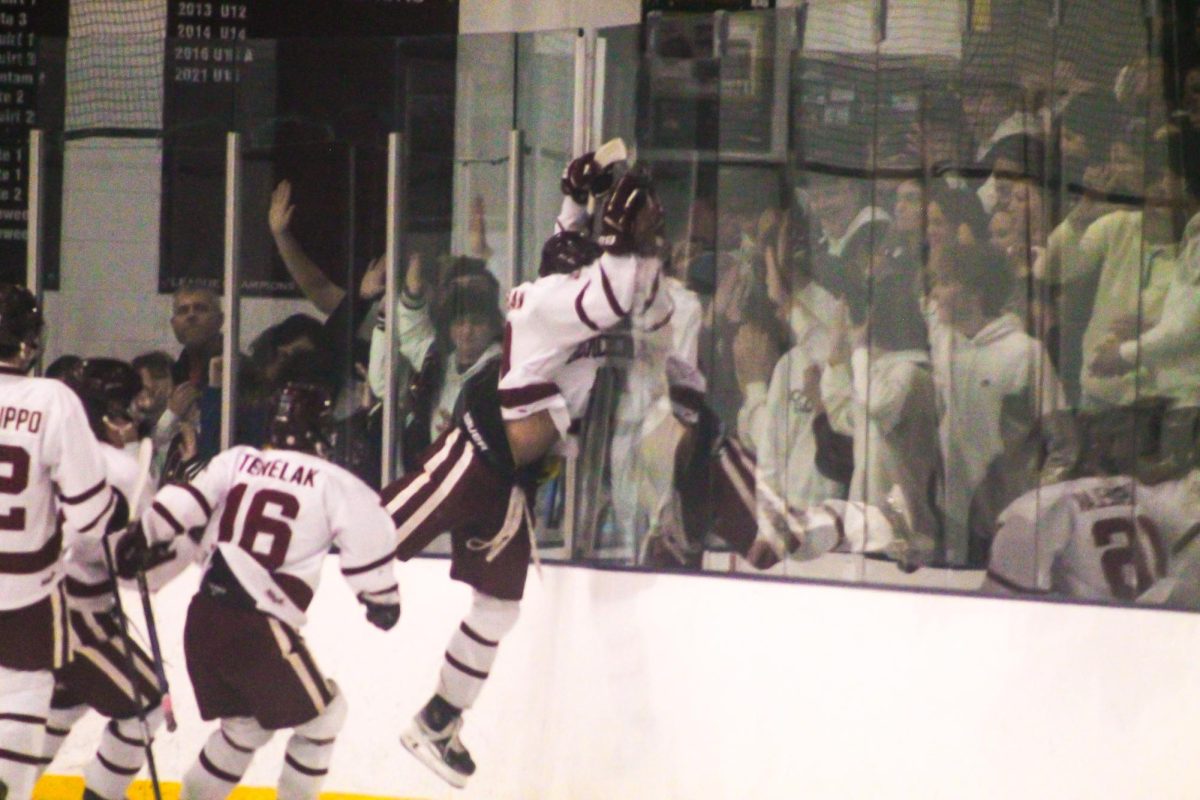

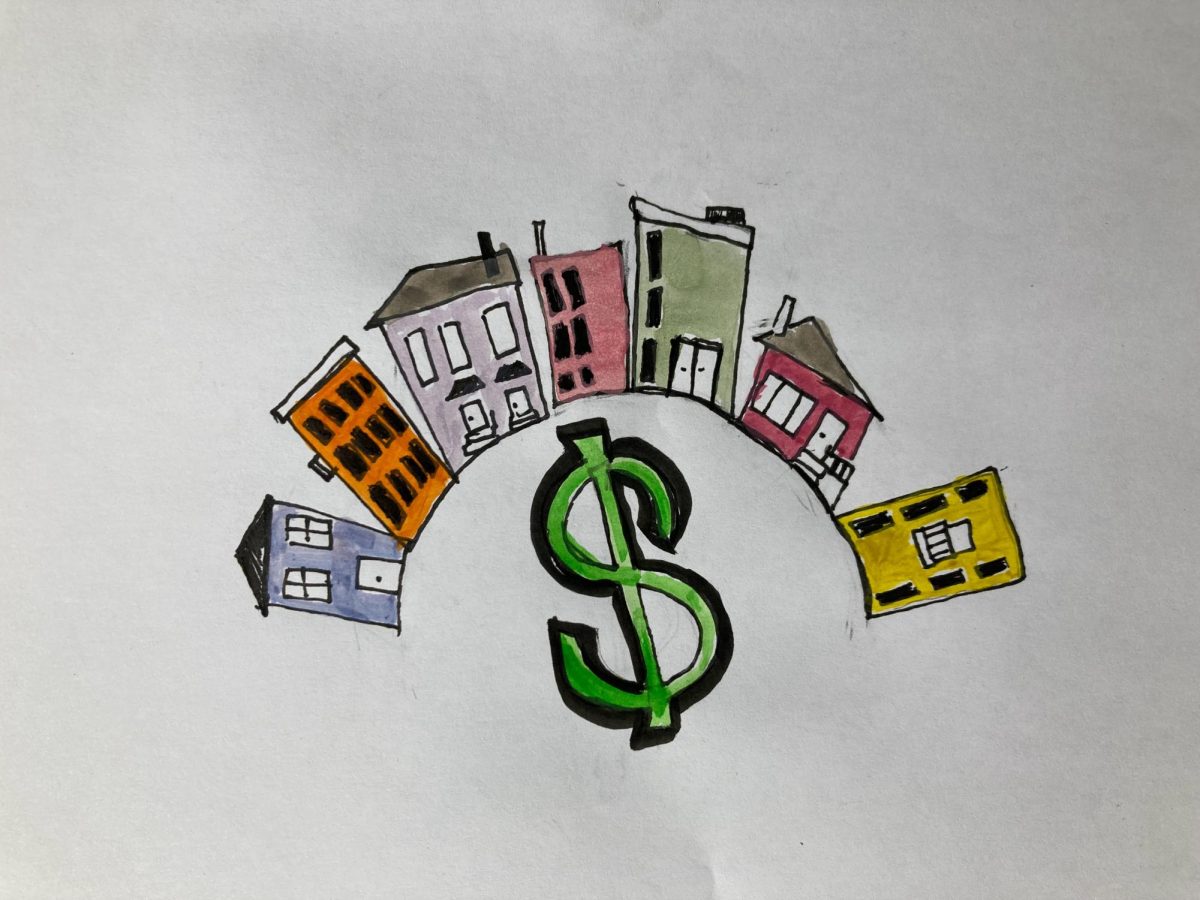



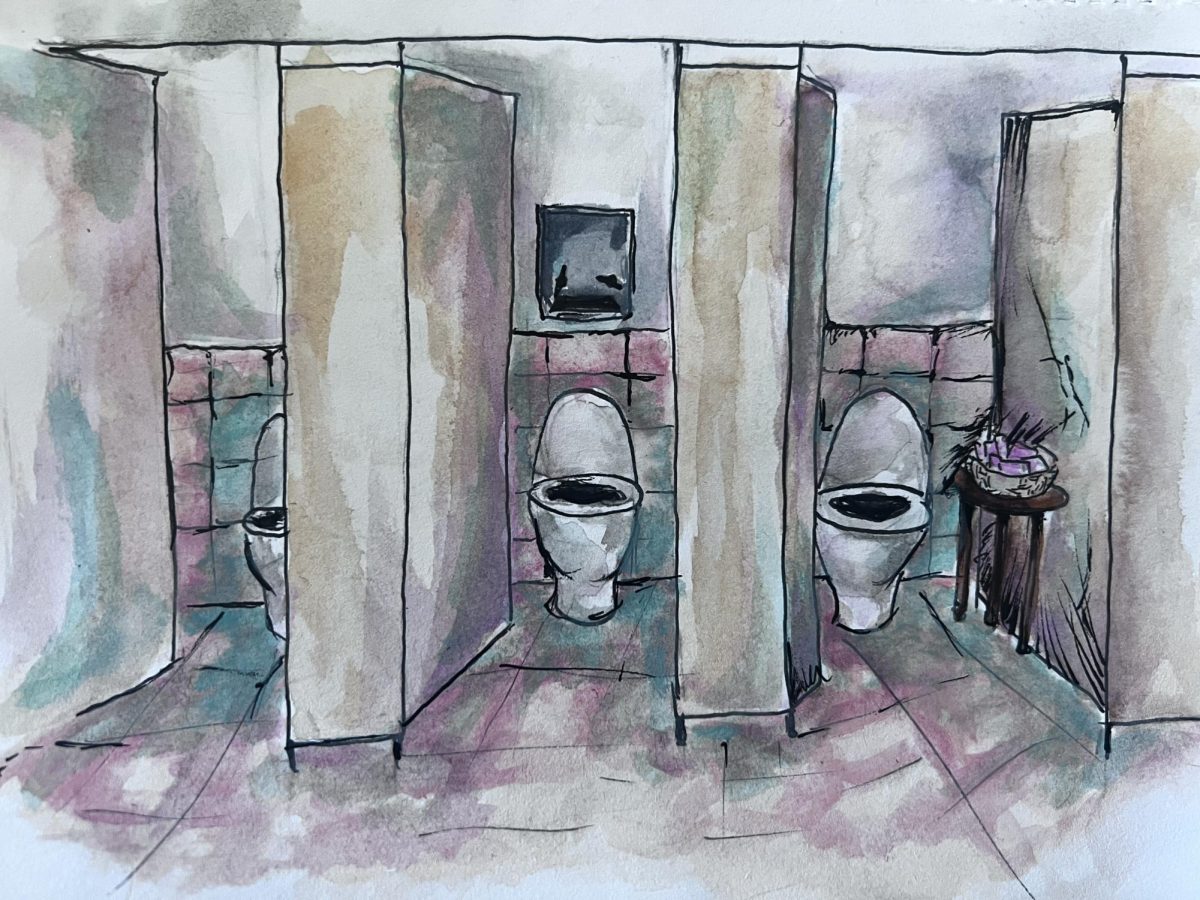
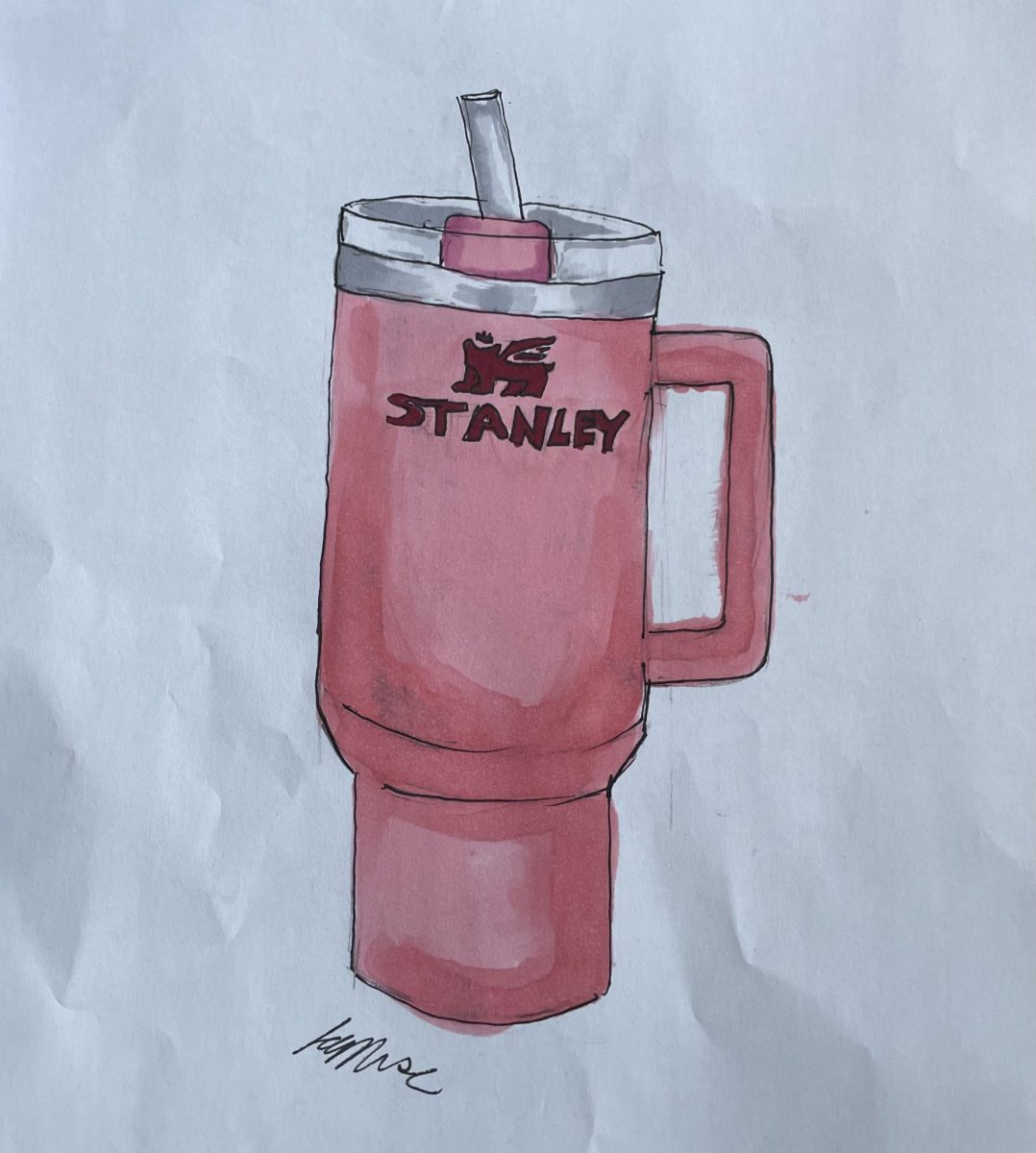
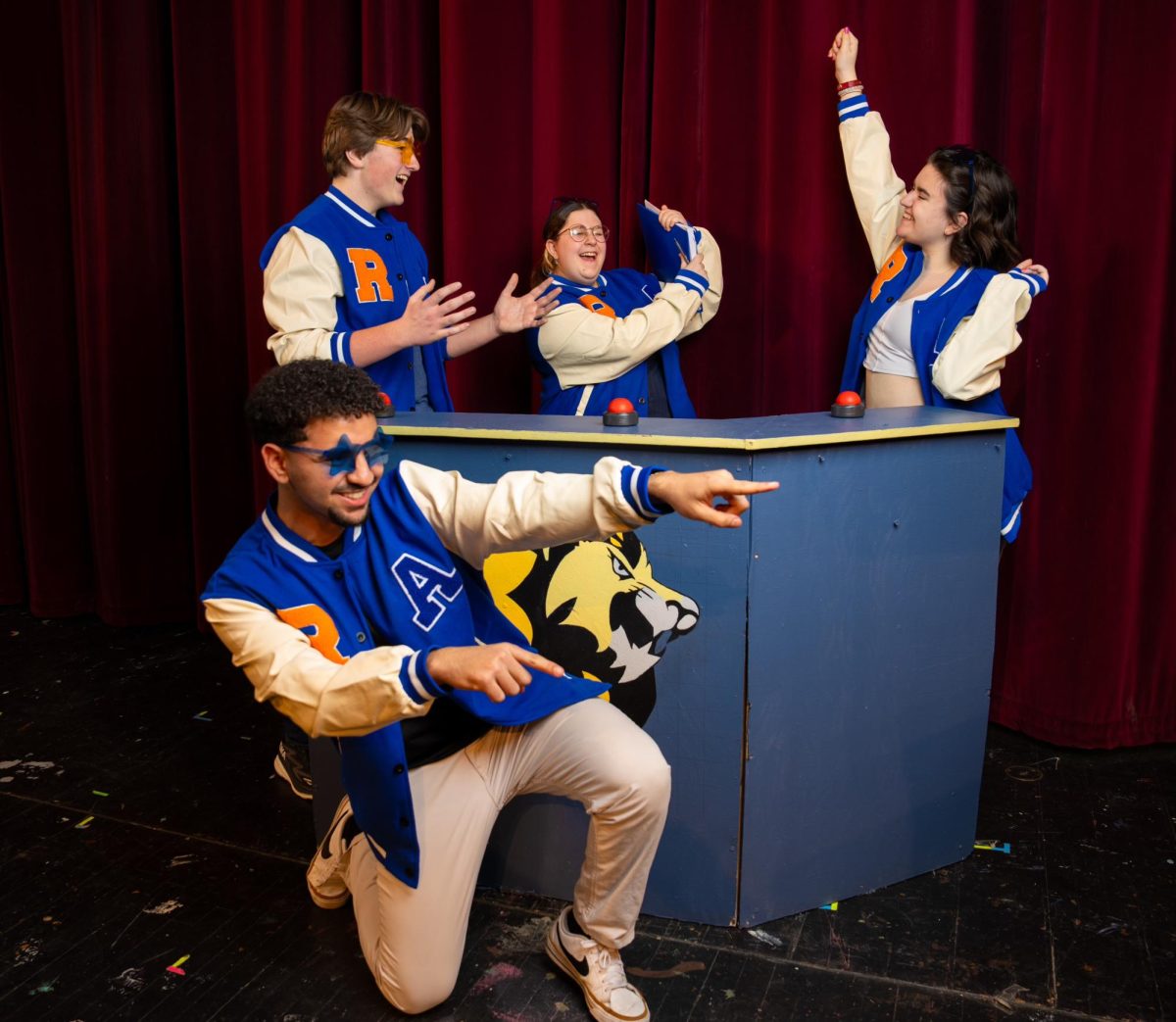
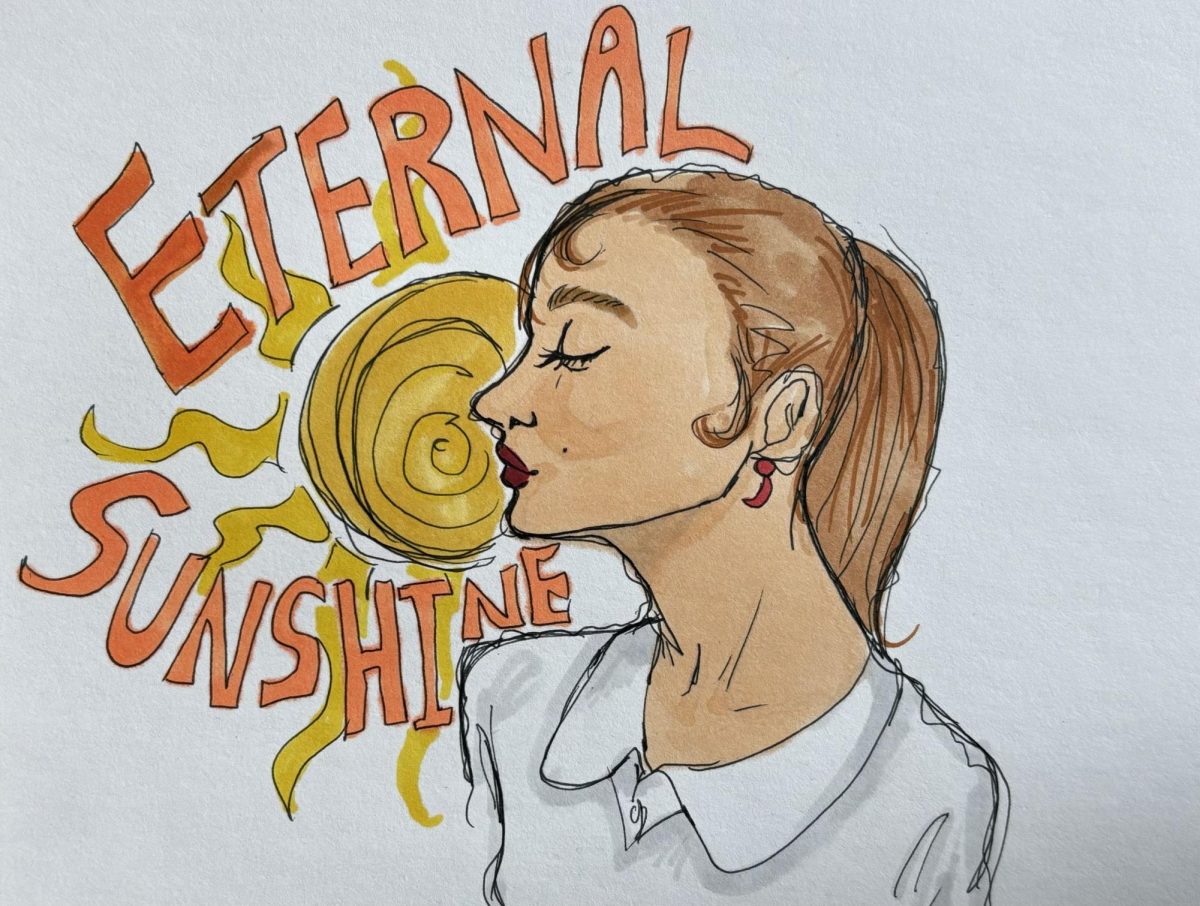






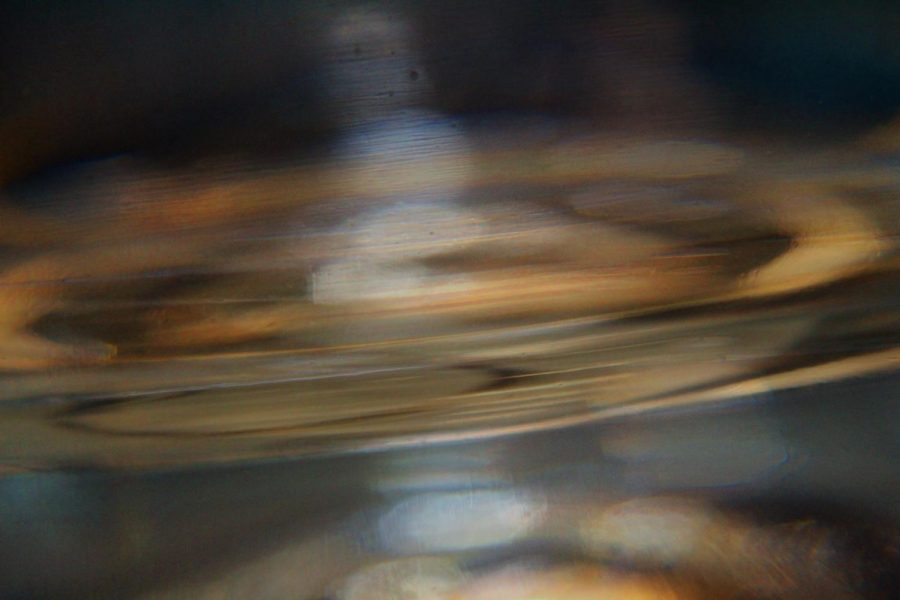
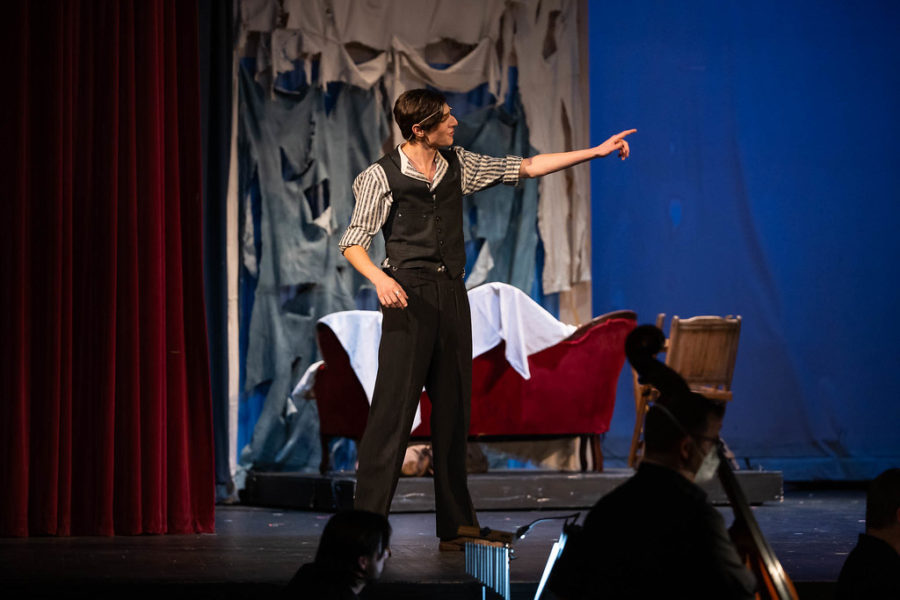
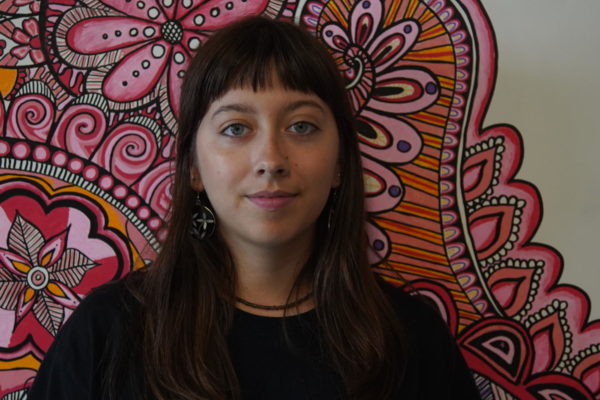



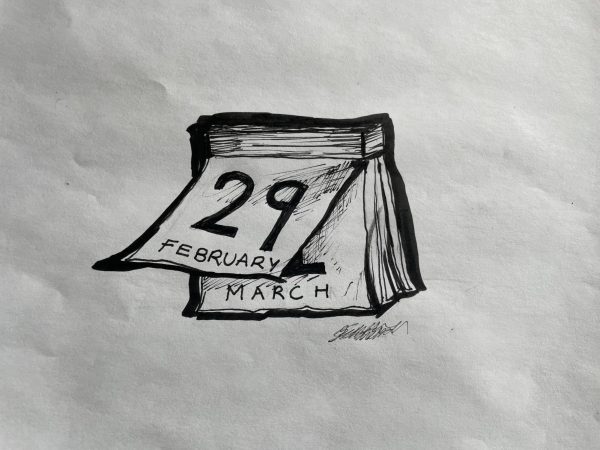



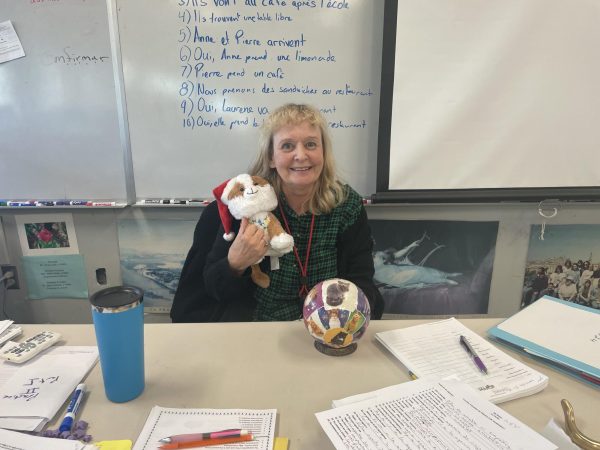
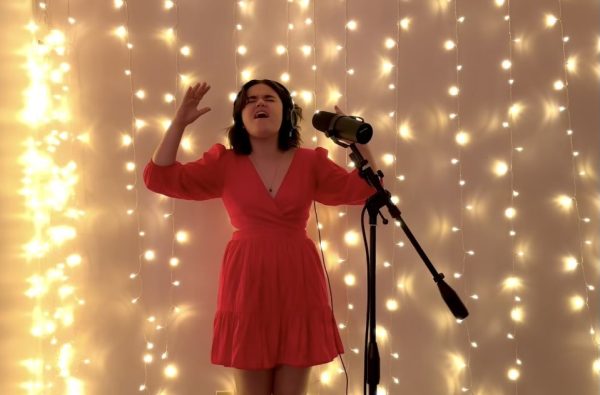
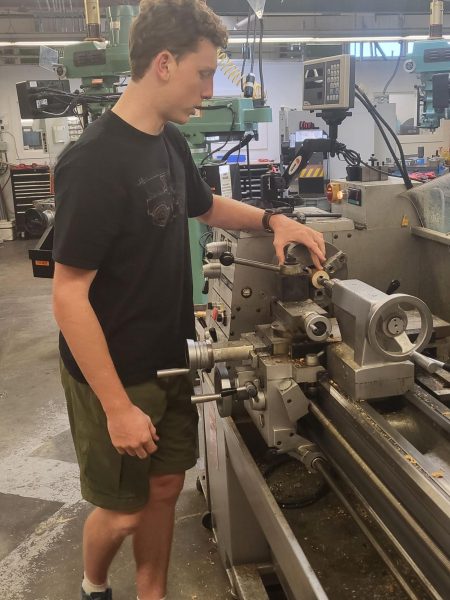
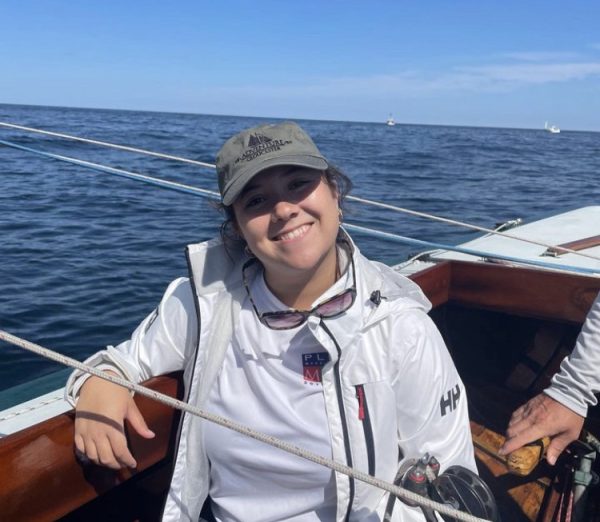
Carol Cafasso • May 8, 2023 at 8:02 pm
I loved reading this feature and learning so many details about Elijah’s dual role, his insights, challenges, and successes.
This musical was impressive in every aspect! Hats off to all who were involved in any way!
Great questions and writing from Aurelia made this a wonderful feature.
Karen Harrison • Apr 14, 2023 at 6:14 pm
The ballet scene was my favorite – so many moving parts! It worked beautifully. Count Ipolitov’s moving solo brought me to tears. You all are an incredible bunch of kids. Incredible work!! Bravo Dimitri, we will miss you so much